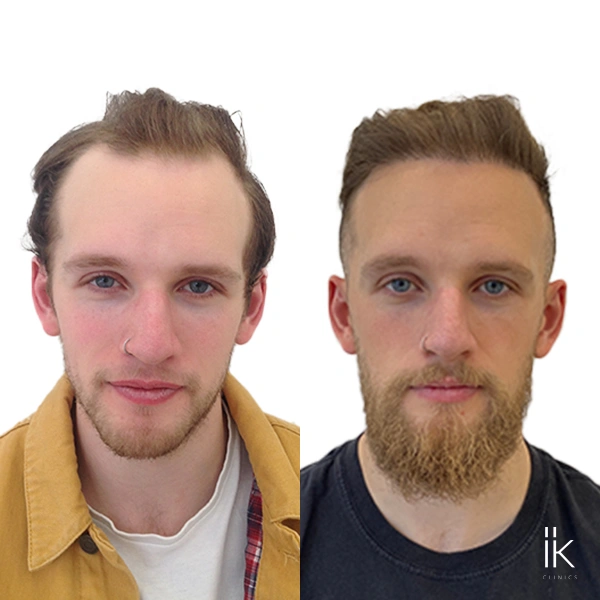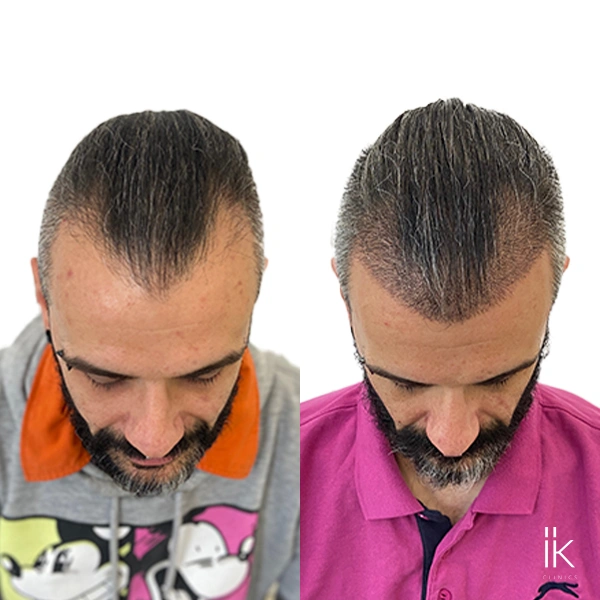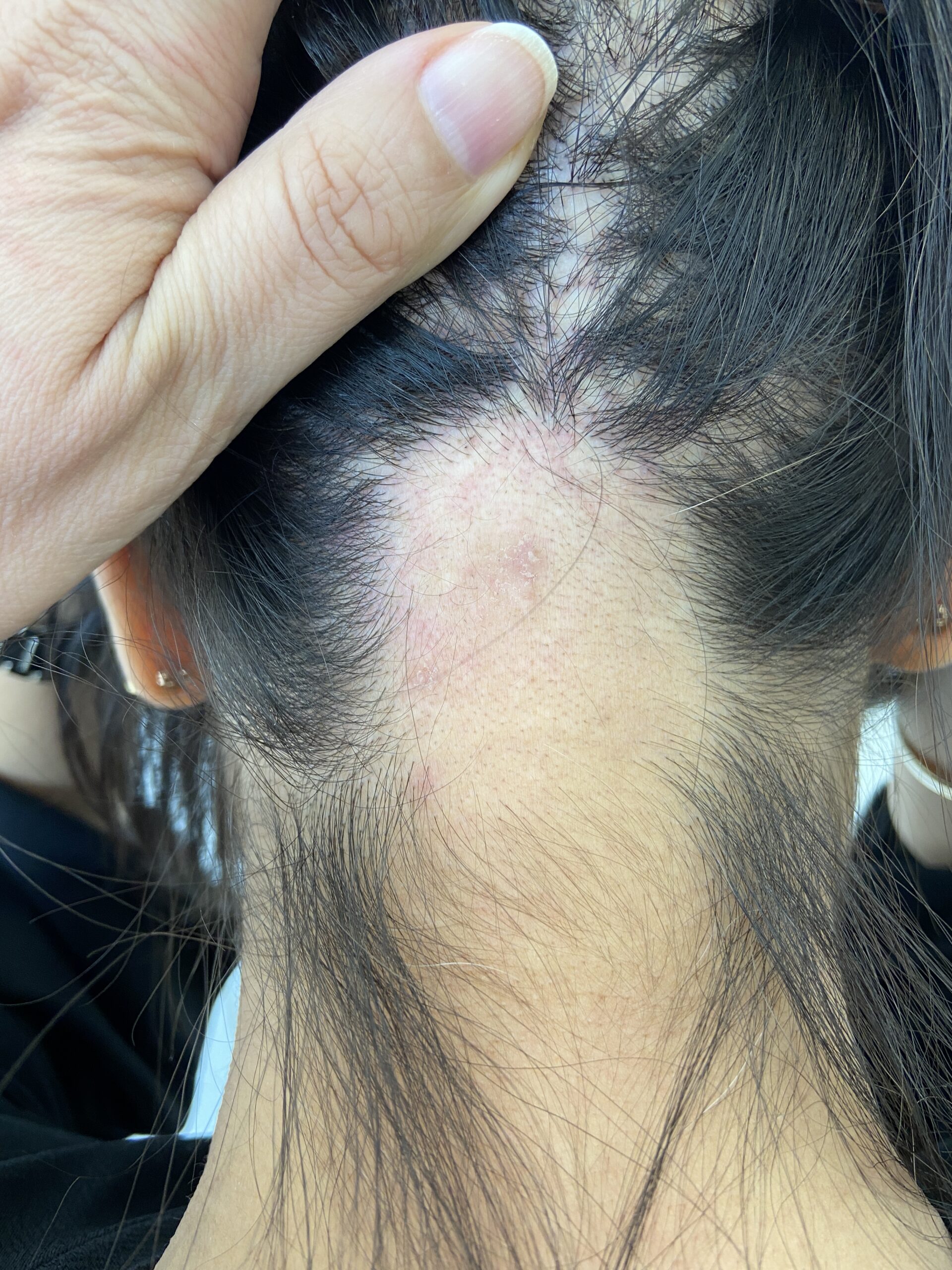Beards have long been associated with masculinity and style, but not everyone is naturally blessed with a thick or even facial hair pattern.
For men dealing with patchy growth or sparse beards, a beard transplant offers a modern, effective solution.
If you’re curious about how this procedure works, what it involves, and whether it’s right for you, here’s a friendly guide to walk you through everything you need to know.
What is a Beard Transplant?
A beard transplant is a cosmetic procedure designed to enhance or restore facial hair by transplanting hair from one part of the body to another.
The donor area is typically the back of the head, where hair follicles are extracted and then implanted into the beard area to create a fuller, natural-looking result.
This procedure is ideal for individuals who want to fill in patchy spots, define their beard line, or even create a completely new look. Beard transplants have gained significant popularity in recent years as more men seek ways to achieve their desired facial hair style.
How Does the Process Work?
The process of a beard transplant begins with an initial consultation where a surgeon evaluates your facial structure, discusses your goals, and determines the number of hair grafts needed to achieve your desired outcome.
On the day of the procedure, local anaesthesia is used to ensure the process is pain-free. Hair follicles are extracted from the donor area, usually at the back of the scalp. There are two main techniques used for this step.
The first is Follicular Unit Extraction (FUE), which involves removing individual follicles and is preferred for its precision and minimal scarring. The second technique, Follicular Unit Transplantation (FUT), removes a strip of skin containing follicles, which are then divided and implanted.
While FUT may be suitable for some, it is less common for beard transplants as it leaves a linear scar.
After the extraction, the surgeon meticulously implants the harvested follicles into the beard area. The placement of each graft is carefully planned to ensure a natural appearance that complements your face shape and desired beard style. The entire procedure typically lasts between four to eight hours, depending on the number of grafts needed.
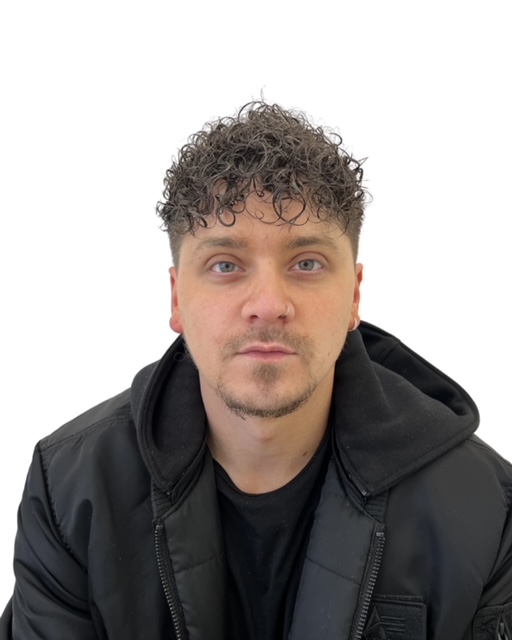
What to Expect During and After the Procedure
During the procedure, you’ll be awake but under local anaesthesia, meaning you won’t feel any discomfort. Once the grafts are in place, the surgeon will provide you with detailed aftercare instructions to help with recovery and to optimise the results.
In the first few days following the transplant, it’s normal to experience some redness, swelling, and tiny scabs around the transplanted area. You’ll need to avoid touching or washing your face for the first 48 hours to protect the grafts. Your surgeon may recommend an antiseptic spray to keep the area clean.
In the weeks that follow, you might notice the transplanted hairs shedding. This shedding phase is completely normal and makes way for new growth. By three to four months, new hair will start to appear, and you can expect full results within eight to twelve months.
Once healed, the transplanted hair will grow just like natural facial hair, allowing you to shave, trim, or style it as you please.
How Many Treatments Are Needed?
For most people, one procedure is sufficient to achieve their desired beard look. The number of grafts required will depend on the extent of coverage you want.
For example, mild patchiness might only need 500 to 700 grafts, whereas a full beard reconstruction could require 2,000 to 3,000 grafts.
If you desire an especially thick or dense beard, a follow-up session may be necessary, but this is relatively rare. Your surgeon will discuss this with you during your consultation if additional sessions might be required.
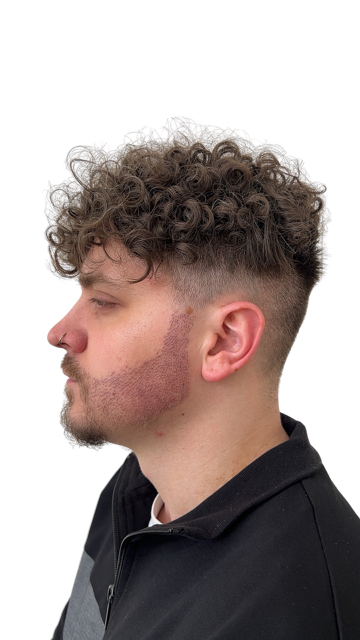
Recovery Time and Aftercare
Recovery from a beard transplant is straightforward, but it’s crucial to follow the aftercare advice given by your surgeon.
This typically includes keeping the area clean, avoiding scratching or rubbing the transplanted area, and refraining from activities that might disrupt the healing process, such as intense exercise or swimming, for the first week or two.
In the initial days after the procedure, the transplanted area will need gentle care. After a week or so, the tiny scabs will naturally fall off, and the transplanted follicles will settle into their new position.
Although the visible healing process is relatively quick, patience is key, as the full transformation takes time.
Who is a Good Candidate for a Beard Transplant?
A beard transplant is suitable for most men who want to enhance their facial hair, but there are a few considerations.
You need to have enough healthy donor hair at the back of your head to use for the transplant. Additionally, good overall health is important to ensure a smooth recovery process.
Whether your beard growth is affected by genetics, scarring, or other factors, a beard transplant can be a game-changer. However, it’s essential to have realistic expectations and consult with a qualified surgeon, like our team at IK Clinics, to discuss whether the procedure aligns with your goals.
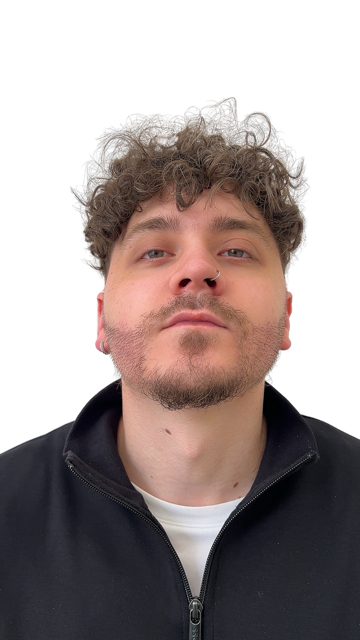
Why Choose a Beard Transplant?
The main appeal of a beard transplant is its long-lasting and natural-looking results. Once the transplanted hair grows in, it behaves like your natural facial hair, providing you with the freedom to style it however you like.
Beyond aesthetics, many men find that having a fuller beard boosts their confidence and allows them to achieve a look they’ve always wanted.
However, it’s worth noting that beard transplants are an investment. Costs can range from £3,000 to £7,000 depending on the clinic, the number of grafts required, and the method used.
Despite the upfront expense, many find the results well worth it.
Final Thoughts
A beard transplant can be life-changing for those struggling with sparse or uneven facial hair. With the right surgeon, proper aftercare, and a bit of patience, you can achieve a natural, stylish beard that complements your features and boosts your confidence.
If you’re considering this procedure, take the time to research reputable clinics, ask questions during consultations, and make sure you fully understand the process. With modern techniques and skilled surgeons, beard transplants have become an effective and reliable option for enhancing your facial hair.
Whether you’re after a bold, rugged look or a more refined style, a beard transplant could be the perfect solution.
About IK Clinics
We don’t just specialise in FUE hair transplants, whether they are for your head, eyebrows or beard, we also offer other hair restoration treatments, such as Stem Cell Therapy and Plasma Therapy (PRP). Additionally, we also provide a range of anti-aging treatments to help you achieve that ‘I feel good’ feeling.
Get in touch to find out more and book your consultation.
